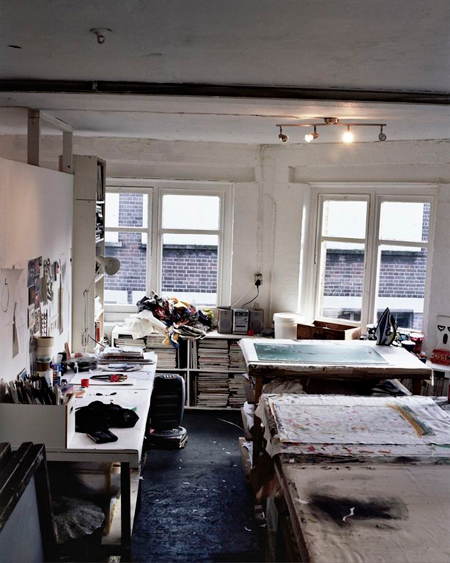We visit the studio of the collective changing the face of East London with their colourful community projects
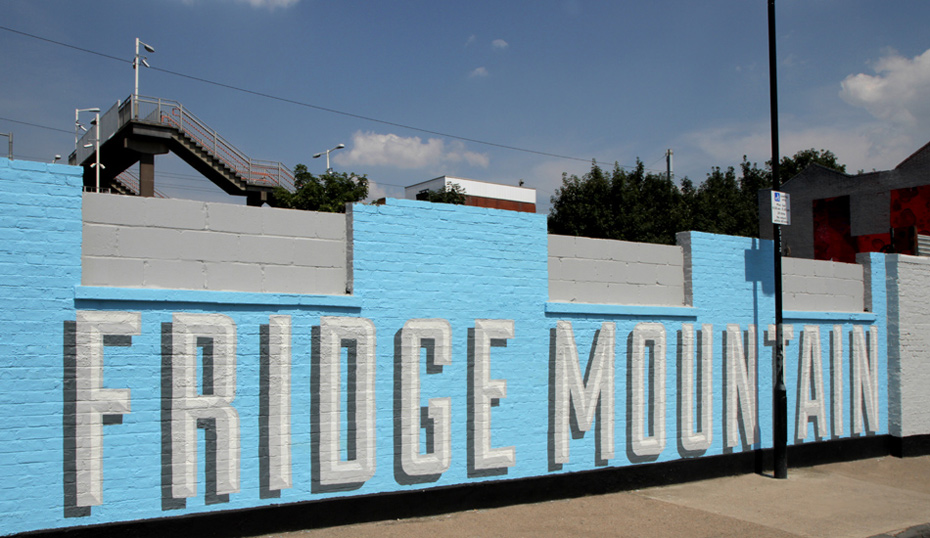
Studio photography Jasper Fry
Bread are the East London creative collective responsible for issue 8’s section openers. An interdisciplinary studio, they combine traditional mediums such as hand-painted typography and sign making with graphic and prop design. If you attended the Olympics here in London last summer, then there’s a good chance you’ll have seen Bread’s 100 metres long mural around the Olympic Park area. Betty Wood went to their Old Street studio to chat with Luke James and Owen Phillips ahead of their new project, set to give Barking town centre a face-lift.
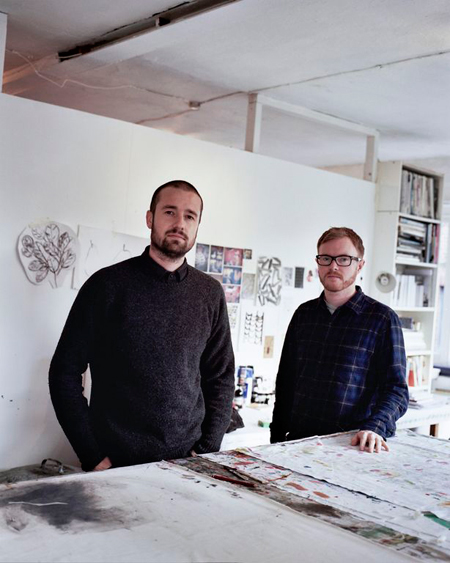
Betty Wood: Tell me how Bread came about.
Luke: There are five of us and we come from a mixed background of illustration, graphic design and fashion. We’d all been working freelance or in full-time jobs at design agencies and a year ago we decided to officially work together because we won funding from the London Legacy Development Corporation for a big mural project around the Hackney Wick area.
Owen: We didn’t set out to establish a company; we’re all friends and our ethos is like breaking bread at the table – we’re sharing work and opportunities. There’s five of us at present .
Betty: Your first major project was the LLDC typographical mural in Hackney Wick – how did that come about in the first place?
Owen: We live in Hackney Wick, on the edge of the Olympic Park. The LLDC had money to regenerate the area, so we suggested painting a mural on the street that runs from the train station to the Olympic park. It was pretty run down, covered in graffiti and strewn with rubbish. We spent six months meeting people in the community, doing workshops before we started painted a 100 metres typographic mural along the street to liven it up. It was really good for us to have such a high-impact project for our first as a group.
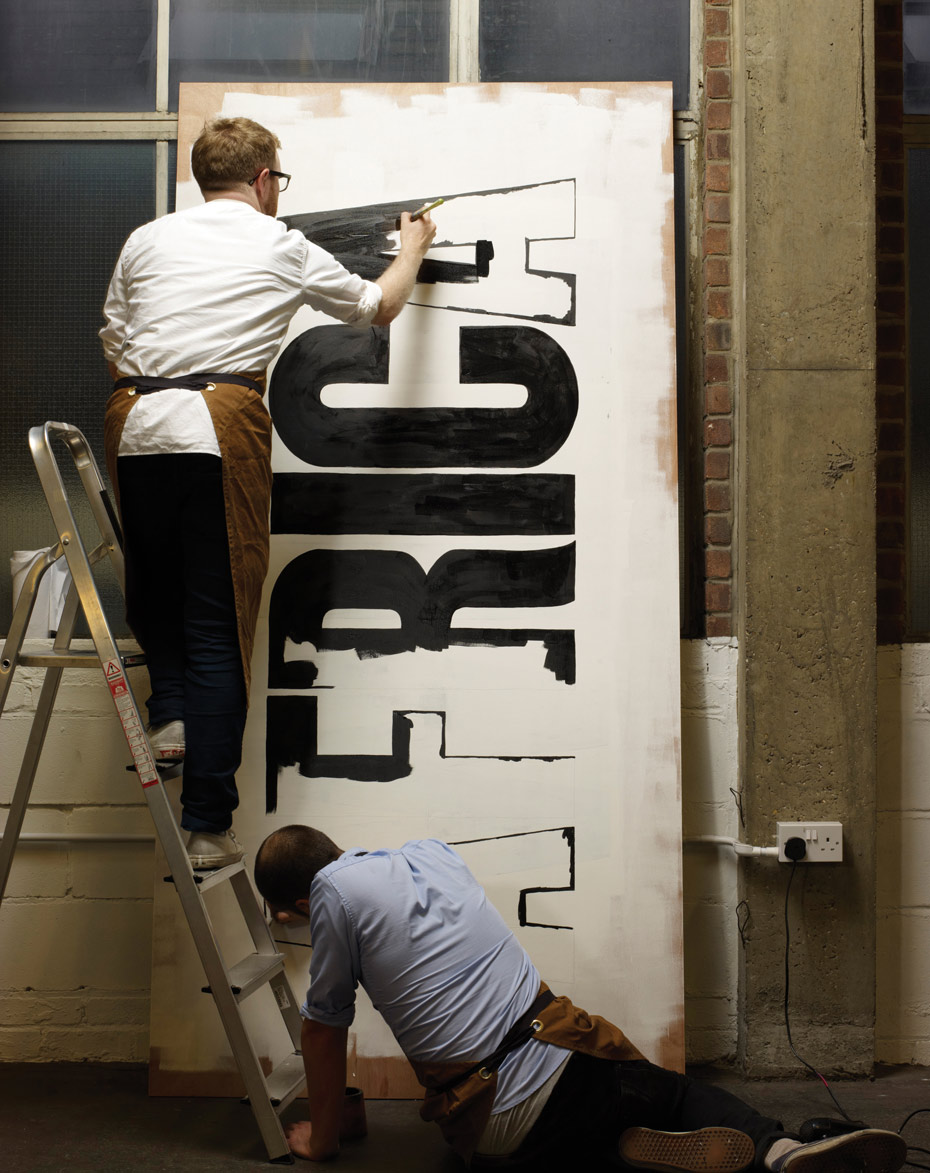
Betty: Are community projects something you’re interested in developing further?
Luke: The Olympics mural started it for us – and now we’ve just been commissioned to regenerate Barking town centre: we’re going to be painting over 100 shop shutters for a project that’s due to run for the next six months. At the moment, we’re in consultation with shop owners and meeting the local community to find out what they want.
Owen: That’s the important part, finding what people need. With the Hackney Wick project the street was really run down, plastered with offensive graffiti. Hopefully we’ve made it a nicer street to walk down.
Betty: Has involving local residents made an impact on the success of your mural projects?
Luke: I think so. Including the local community in what you’re doing gives them a sense of ownership. Just before we painted the Olympic mural, Coca Cola did a massive mural on the wall directly behind where we were planning ours. And they just rocked up and painted it, without any dialogue with local residents, and it was vandalised within 24 hours. Ours has been there for more than six months now untouched.
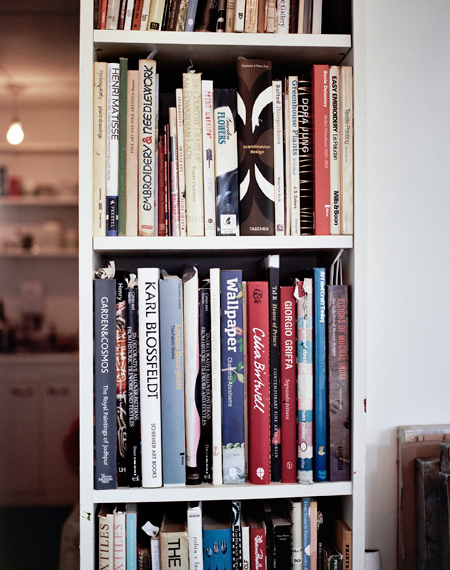
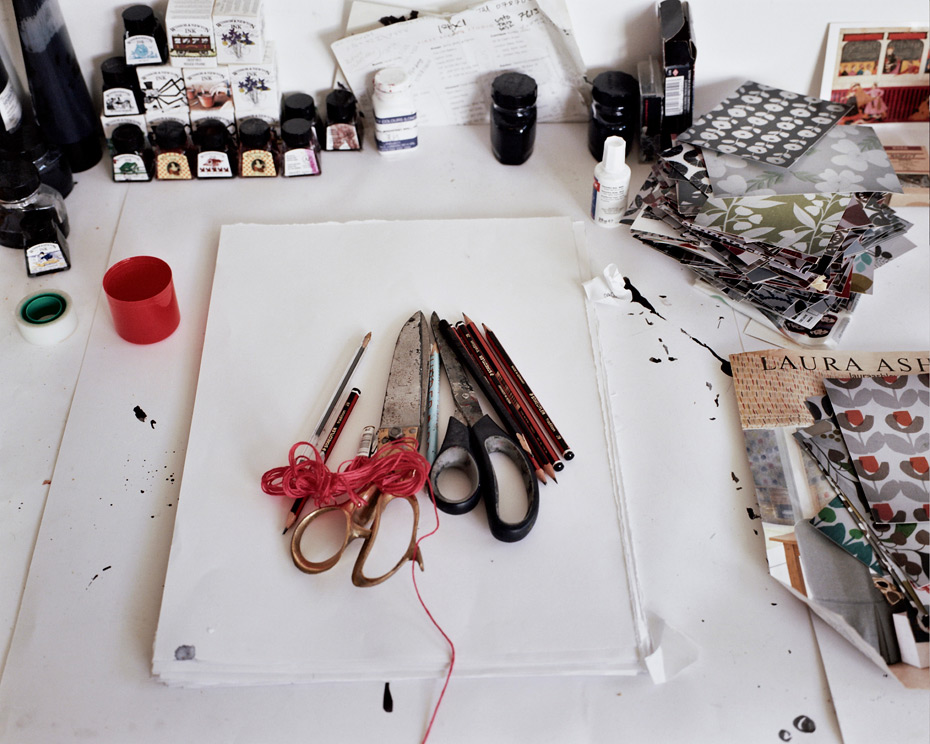
Owen: We’ve made a conscious decision to dedicate a percentage of our time to community projects – we’ve done the soulless “stuck-behind-a-screen” corporate thing. We want to move away from computers and do more painting, drinking and hands on graphics. We all have a love for this tactile aesthetic, like the Port signage we did – it gives it another element, rather than just laying out type on a page, which can look great, we’re not saying that we never do that, but we’re hxfappiest when we are producing something physical.
Betty: You’re also doing films about your projects, like the one you made of you painting the Port issue 8 section openers. What’s the appeal of documenting process?
Owen: For us it’s a way of documenting our work…
Luke: We’re interested in process, and so are our clients. We initially did a film for a knitwear company in Wales called Monkstone. The lady behind it spins the wool on her farm. Her partner is the farmer; he was just farming meat and dairy, but all the wool was going to waste. It was cheaper for them to burn it than dispose of it. She decided to use the wool to create a knitwear range. The products are nice, and they’re all made from their sheep wool (which is a local breed). They asked us to go down and [do some branding for them], and as part of that, we made a giant ball of wool, and we filmed ourselves doing it. It was incredibly satisfying.
See more of Bread’s work, and follow their progress on the Barking shutters project
